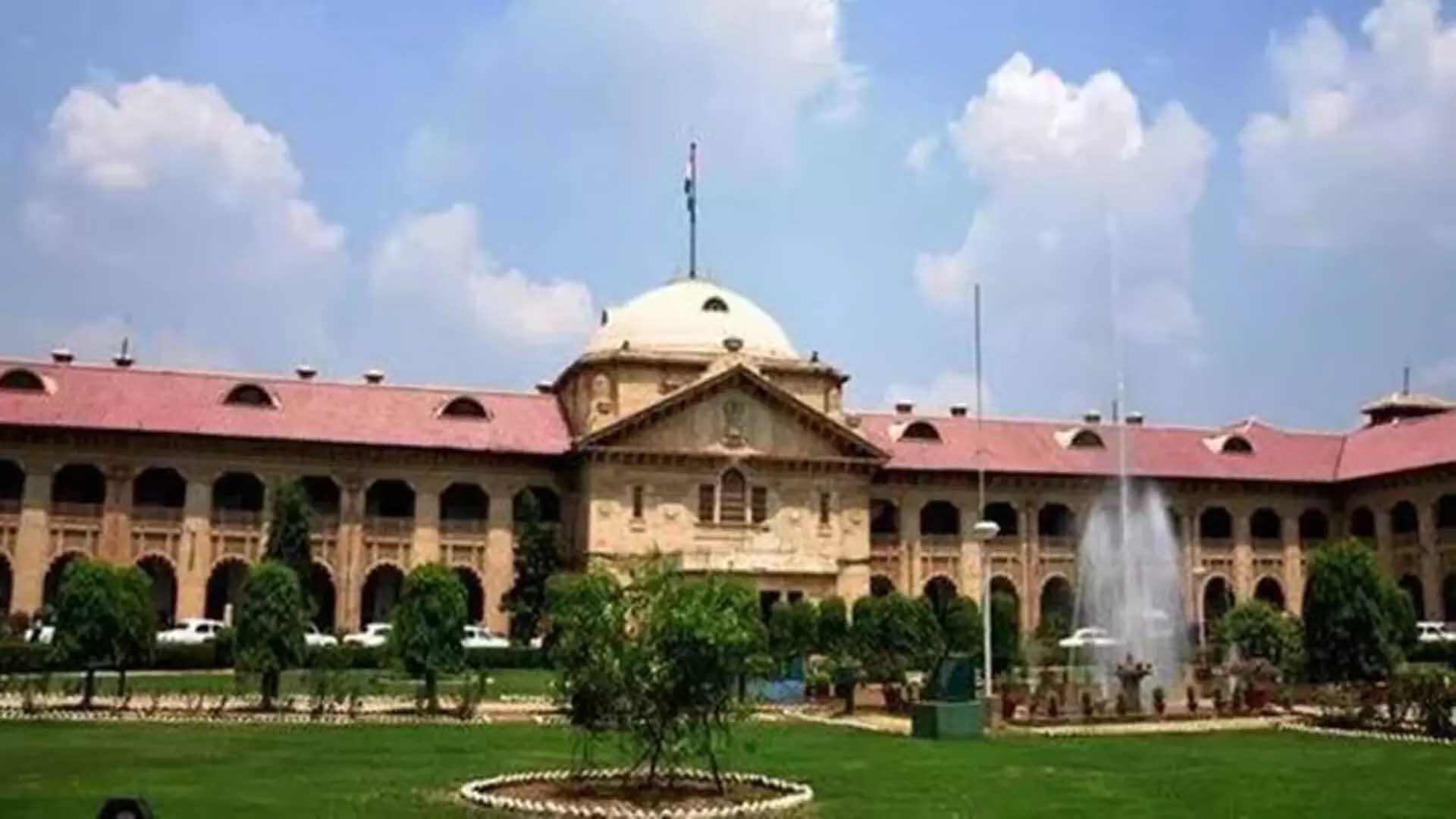Uttar Pradesh Uttar Pradesh. In a landmark initiative, the Allahabad High Court has created history by simultaneously delivering judgments in three languages: English, Hindi and Sanskrit. The unprecedented move is being hailed as a significant step towards making judicial proceedings more inclusive and accessible.The court addressed a petition relating to the enforcement of interim alimony ordered by a family court under Section 125 of the Code of Criminal Procedure (CrPC). The high court ruled that such orders must be enforced and clarified that an application under Section 482 of the CrPC is not admissible for this purpose. Instead, the petitioner must approach the family court seeking enforcement under Section 128 of the CrPC.The judgment was pronounced by Justice Shiv Shankar Prasad while dismissing a petition filed by Kanchan Rawat, who married Baijlal Rawat on December 1, 2009. Her family had reportedly spent Rs 7 to 8 lakh on the wedding. However, she faced harassment for dowry at her in-laws’ house and was eventually forced to return to her parents’ house. On 26 November 2011 she gave birth to her son Gaurav.
Mrs Rawat sought alimony from her husband, but when he did not pay the alimony she filed a case in the Family Court, Ghazipur. The Family Court ordered Baijlal Rawat to pay interim alimony of Rs 4,000 per month under Section 125 CrPC, which he initially complied with. However, the balance amount of Rs 80,000 was not paid. The Court then ordered Mr Rawat to pay the remaining amount in instalments of Rs 10,000 per month. When this direction was not followed, Mrs Rawat filed a petition in the High Court under Section 482 CrPC seeking enforcement of the payment. The opposition questioned the maintainability of the petition, arguing that Mrs Rawat should have sought relief under Section 128 CrPC. The Court upheld this objection and dismissed the petition, advising Mrs Rawat to approach the Family Court for enforcement of the alimony order. This judgment of Justice Shiv Shankar Prasad is significant not only for its content but also for being delivered in three languages, setting a precedent for future judicial decisions in India. This trilingual approach aims to overcome language barriers and ensure that justice reaches a wider audience.
